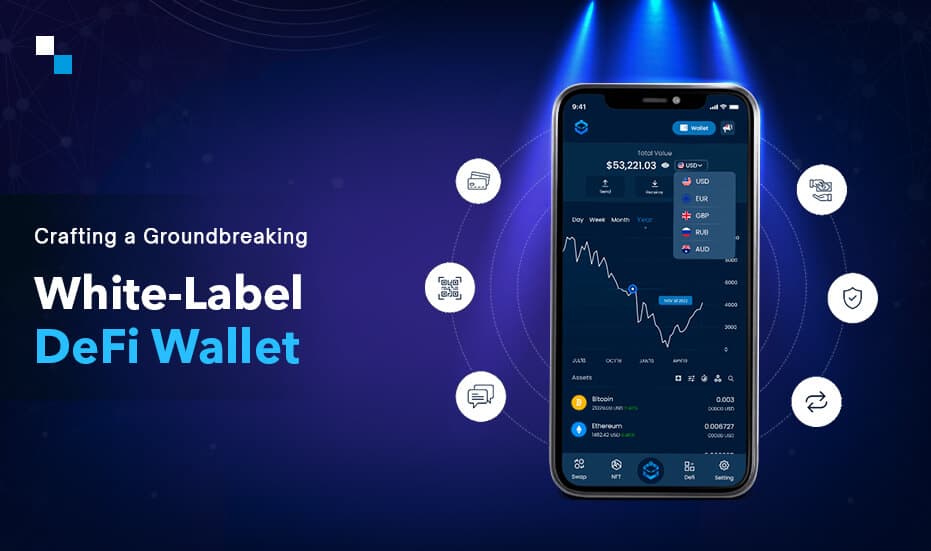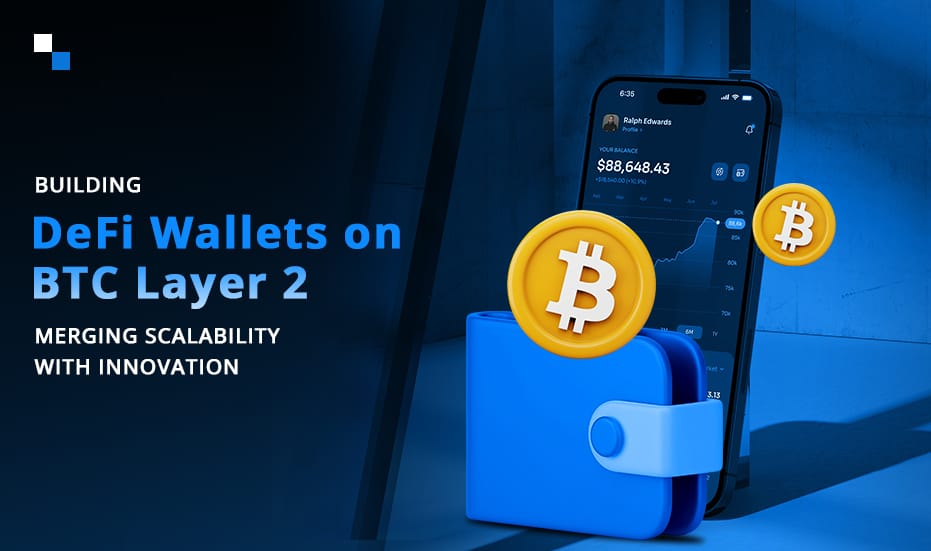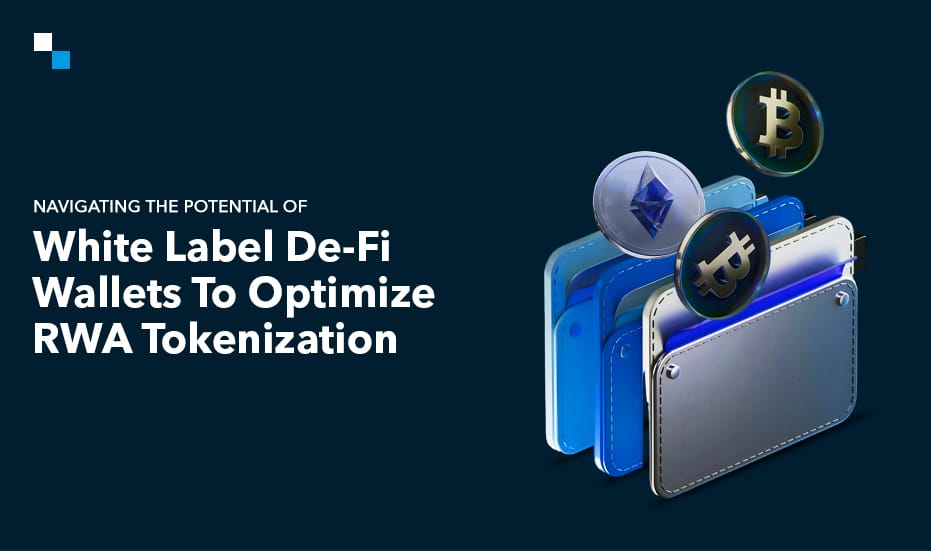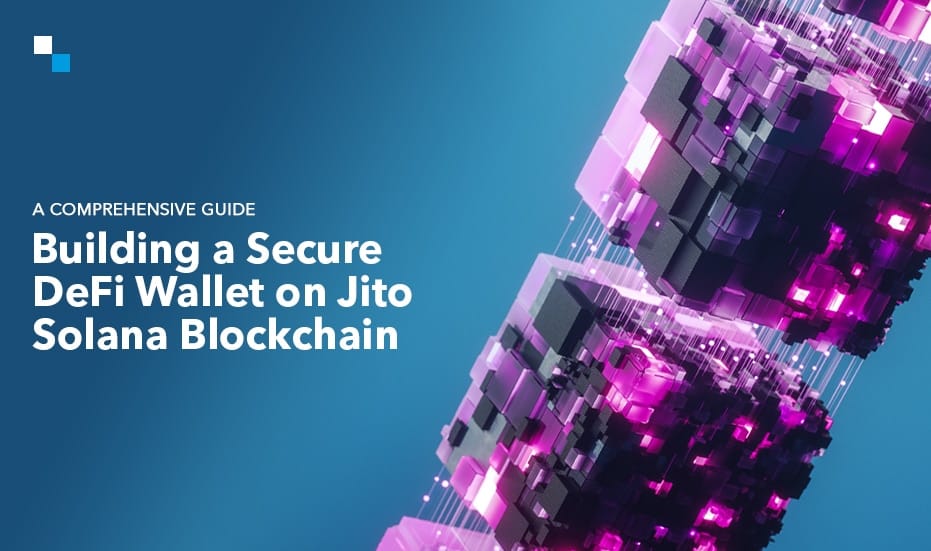
Develop Metaverse Education Platform To Simplify Foreign Language Learning
August 10, 2023
NFT-Backed ICO Development Services Redefines The Future of Fundraising
August 11, 2023Table of Contents
- Introduction
- How Big Is the DeFi Market
- Basic Features of Advanced White-Label DeFi Wallet
- Dive into the Exquisite Features of an Advanced White-Label DeFi Wallet
- How Much Does it Cost to Develop a White Label DeFi Wallet
- How to Develop an Advanced White-Label DeFi Wallet
- Explore Antier’s Expert DeFi Wallet Development Solutions for Sureshot Success
Introduction
Despite initial skepticism, Decentralized Finance has firmly cemented its position in the market. On the top, it offers numerous advantages like transparency, autonomy, and availability and is free from third-party control, which makes it quite popular among crypto enthusiasts.
One of the most significant DeFi applications is White-Label DeFi wallet which are ready-made and market-ready solutions widely used to store and manage assets. Besides, the platform allows users to participate in lending, borrowing, staking, and yield farming activities. Moreover, their non-custodial nature gives complete fund authority compared to their counterparts, like centralized exchanges or custodial services.
Most wallets offer basic features and functionalities like sending,receiving and storage. In this blog, we will shed light on the increasing significance of advanced White-Label DeFi wallets, along with the cost to develop them:
How Big Is the DeFi Market

The Increasing Significance of White-Label DeFi Wallets
DeFi crypto wallet is an asset management solution needed for the DeFi ecosystem. They are non-custodial in nature, which means they are flexible and transparent also work on the concept of “One’s Own Bank.” The platform helps users participate in numerous activities like buying and selling tokens, token exchange, Dapp engagement, trade, borrowing and lending, and more.
Basic Features of Advanced White-Label DeFi Wallet
- Admin Panel : The admin panel helps to manage & monitor various aspects of the wallet application, user accounts, security settings, and several other things.
- Multi-Lingual : The wallet supports multiple languages, which makes it accessible to a global audience.
- Real-Time Trading Insights : Users can obtain real-time market data such as price charts and trading analysis to make an informed decision.
- Import & Export Private Keys : Users can import existing crypto holdings by providing private keys or can back-up data using them.
- Invoicing : Users can generate & send invoices for crypto payments, making requesting and receiving payments simpler.
- Wallet Watchlist : Track specific cryptocurrencies and receive alerts or updates related to price movements via the app.
- Address Book : The feature can save and manage frequently used cryptocurrency addresses.
- User Chat : Users can connect with others & transfer assets seamlessly using the feature.
- Referral : Invite other users & earn rewards out of it using the referral feature incorporated into the wallet.

Dive into the Exquisite Features of an Advanced White-Label DeFi Wallet
- Cross-Chain Crypto Swap : Exchange cryptocurrencies across different blockchain networks without depending on external exchanges.
- Multichain Wallets : The crypto DeFi wallet supports multiple blockchain networks, so users can manage cryptos from one place.
- Multi-Wallet Support : One can create & manage multiple wallets via the same application, each designated for specific purposes.
- On-Chain Crypto Swap : An In-built wallet functionality to exchange cryptocurrencies directly on the blockchain.
- Chrome Wallet Extension: Chrome Wallet Extension is a browser extension that adds wallet functionality to web browsers.
- Fiat On/Off Ramp : This feature helps users convert cryptocurrencies to Fiat equivalent.
- Multichain DApp Browser : The wallets are integrated with a decentralized application (DApp) browser for interaction with applications built on different blockchains.
- NFT Collectibles : The wallet offers NFT support, representing ownership of digital or physical items.
- Prepaid Cards : The DeFi crypto wallet comes with prepaid debit cards to spend at merchants that accept them.
- Over-the-Counter Trading : Users can participate in trading without interference from a third party.
- Wallet Connect : This feature enables secure communication and interaction between a desktop DApp and a mobile crypto wallet.
- Ledger Hardware Wallet Integration : Our solutions are integrated with Ledger Hardware wallet integration, enhancing wallet security.
- Peer To Peer Trading (P2P) : Users can trade cryptocurrencies directly with each other, often using an Escrow system.
- Watch-Only Wallet : Our watch-only wallet feature allows users to monitor their crypto balances and transactions without accessing their private keys directly.
- Group Transfer/Airdrop : Sending cryptos to multiple recipients has become simpler with the Airdrop feature.
- Add Custom Token : Users can manually add and manage tokens not automatically supported by the wallet.
- Native FIAT Currency Selection : Users can choose their preferred Fiat currency for conversion & display.
How Much Does it Cost to Develop a White Label DeFi Wallet?
The wallet cost depends on numerous factors such as feature set, technical stack, design elements, etc. Although it is impossible to determine every factor that impacts the requirements, the list below highlights the factors extensively:
1. Size of the Application : Size is a prominent factor that affects the cost of a White-Label DeFi wallet. The more will be the app features, the more will be its size and the increase in overall development cost. MVP development concentrating on core features is one way to keep the budget in check. It will help you offer enhanced customer experience at cost-effective prices.
2. Wallet Design : The wallet’s success depends on uncomplicated and attractive designs. Furthermore, the wallet development cost depends on requirements, and an effective design will be costly but beneficial in the long run. Every part of the wallet will be time-consuming and will be tailored as per the requirements.
3. Team Size : The wallet cost also depends on the size of the DeFi wallet development company. Hiring a dedicated development team to offer customers an enhanced experience is better. A standard DeFi wallet development team consists of the following:
- Project Manager
- Backend Developers
- iOS/Android Developers
- Designer
- Quality Analysts
4. Technical Stack Involved
The technical stack affects the cost of the wallet. A modern tech stack will give your application a competitive edge in digital innovation. The professionals use the following technical stack while developing an advanced DeFi wallet solution:
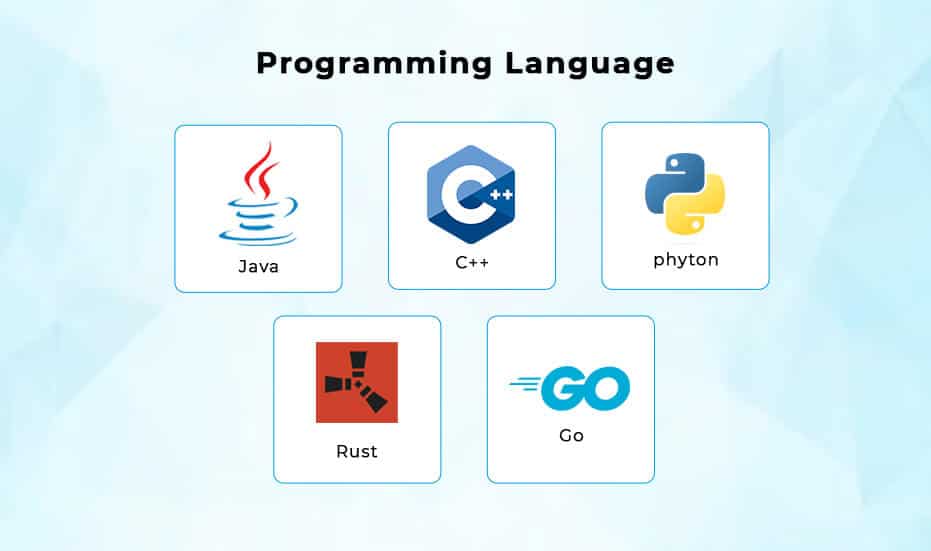
How to Develop an Advanced White-Label DeFi Wallet
Steps For Developing a White-Label DeFi Wallet :-
1. Defining the Problem & Goal Setting
2. Designing Structure
3. Select the Consensus Algorithm
4. Designing a Prototype & Admin Console
5. Testing & Audits
6. Deployment & Maintenance
- Step 1 : Defining the Problem & Goal Setting
Determining the kind of blockchain technology you need and how a DeFi wallet will solve a particular issue is vital. It’s better to consult a business analyst if you require some guidance. Also, give an estimate of the timeline and ensure that the wallet is launched accordingly.
- Step 2 : Designing Structure
Determine whether the wallet will be deployed on-site,in-cloud, or hybrid environment. Also, choose the optimum access solution from the permissionless, hybrid, private, or public blockchain. Each solution can work better than others depending upon the nature of the firm.
- Step 3 : Select the Consensus Algorithm
Like every decentralized system, it is the responsibility of the DeFi wallet developers to determine how the network participants will authenticate a transaction. The authentication process has been divided into Proof of Stake(PoS) and Proof of Work(PoW). It is better to consult a knowledgeable blockchain team in case you are unsure.

- Step 4 : Designing a Prototype & Admin Console
The wallet’s success heavily relies on wallet design. Ensure the solution has a user-friendly interface so wallet navigation becomes extremely simple for beginner and experienced investors. During this step admin console is developed, and every wallet activity is tracked via it.
- Step 5 : Testing & Audits
One of the significant features of the wallet is immutability. Ensure that the wallet has passed and has been thoroughly tested and audited before deployment. Also, make the MVP model of the wallet initially to prevent hassles later.
- Step 6 : Deployment & Maintenance
Once the wallet has passed the testing phase, it is ready for deployment. Once the wallet has been deployed & is improved as per the user feedback. Timely maintenance ensures smooth performance and enhances the user experience.
Explore Antier’s Expert DeFi Wallet Development Solutions for Sureshot Success
An advanced white-label DeFi wallet should be developed carefully and tailored to business needs. This is when you need a renowned DeFi wallet Development company like Antier. They develop smart contract-enabled solutions and integrated decentralized applications, pivotal for the DeFi wallet’s success. Furthermore, the team provides ongoing maintenance and support necessary for the optimum performance of the wallet. Make Antier your trusted partner for DeFi wallet development as we deliver what we promise. For queries, contact our subject matter experts today!
